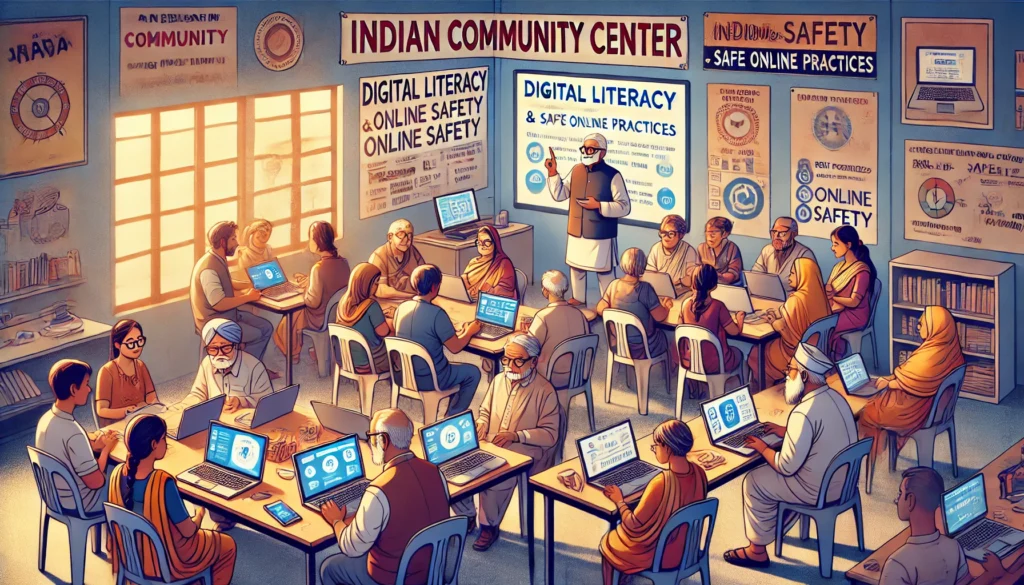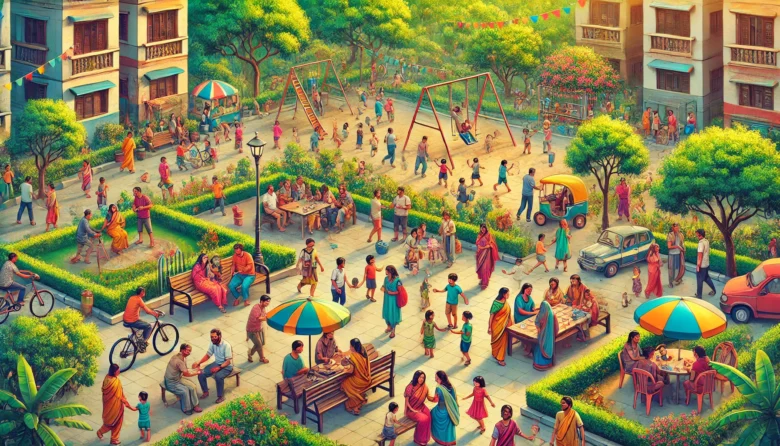In today’s digital age, our social interactions are no longer limited to face-to-face meetings or phone calls. With the advent of social networks, we’ve seen a shift in how people connect and engage. One of the most fascinating developments in this realm is the rise of hyperlocal social networks, also known as micro-communities. These platforms focus on connecting people within specific neighborhoods or small geographic areas, providing a sense of community often missing in broader, more global networks.
What Are Micro-communities?
Micro-communities are local social networks, connecting people within a specific area like a neighborhood, apartment complex, or small town. Unlike global social platforms like Facebook and Twitter, these networks aim to foster real-world connections and address local issues.
The Emergence of Hyperlocal Social Networks in India
With its expansive and varied population, India has experienced a notable increase in hyperlocal social networks. These networks serve the distinctive needs of Indian communities, offering a platform for neighbors to interact, exchange information, and provide mutual support.
Why Are Hyperlocal Networks Gaining Popularity?
Local Relevance: These networks provide highly relevant information to users’ immediate surroundings. Whether it’s about local events, safety alerts, or recommendations for nearby services, the content directly applies to users’ daily lives.
Stronger Community Bonds: By focusing on small geographic areas, hyperlocal networks help foster a sense of community and belonging. People get to know their neighbors better, strengthening social ties and mutual support.
Efficient Problem Solving: Collective action can quickly address local issues. Whether organizing a neighborhood watch or planning a community clean-up, these networks enable residents to coordinate and act efficiently.
Key Players in India’s Hyperlocal Network Space
Several platforms have emerged to cater to India’s growing demand for hyperlocal social networks. Some of the prominent ones include:
Nextdoor: Originally from the US, Nextdoor (a private social network for neighborhoods) has gained traction in urban Indian communities, helping residents stay informed about local happenings.
LocalCircles: This India-based platform (a social media network for communities, governance, and public polls) allows citizens to connect with their local government representatives, providing a channel for civic engagement and problem-solving.
MyGate: A popular app (providing security and community management services) for gated communities, MyGate offers features like visitor management, community discussions, and local business promotions.
The Impact of Hyperlocal Social Networks
The impact of hyperlocal social networks extends beyond just social connections. They have profound implications for local economies, safety, and civic engagement.
Boosting Local Businesses: These networks help boost the local economy by promoting local businesses and services. Residents can discover and support neighborhood vendors, fostering economic growth.
Enhancing Safety and Security: Hyperlocal networks enable the real-time sharing of safety information. Whether reporting suspicious activity or organizing a neighborhood watch, these platforms enhance community safety.
Promoting Civic Engagement: These networks provide a direct channel for citizens to engage with their local government, share concerns, and participate in decision-making.

Challenges and Future Prospects
While hyperlocal social networks offer numerous benefits, they also face challenges such as privacy concerns, misinformation, and the digital divide. Tackling these challenges is essential for these platforms’ continued and sustainable development.
Conclusion
The rise of hyperlocal social networks is a testament to the evolving nature of social interactions in the digital age. By connecting people within their immediate surroundings, these platforms are transforming neighborhoods into vibrant, supportive communities. As more Indians embrace these networks, we expect to see stronger community bonds and more efficient local problem-solving.
Author’s Note:
Thank you for reading! I’m passionate about how technology can bring communities closer together. If you have any experiences or thoughts about hyperlocal networks in India, I’d love to hear from you.
G.C., Ecosociosphere contributor.




